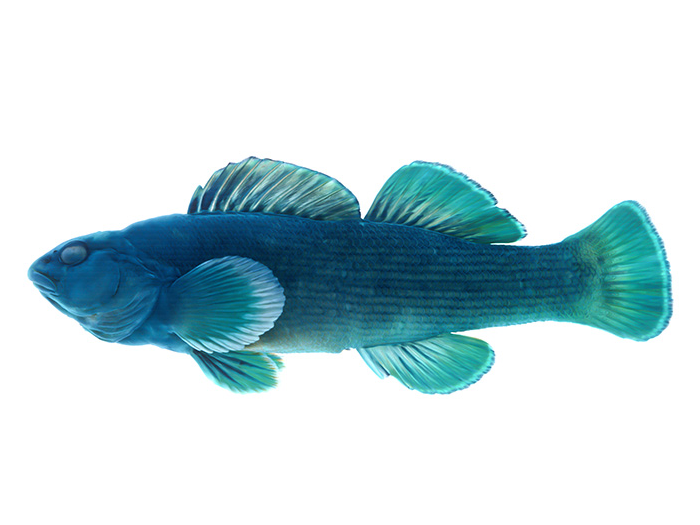Overview
The North Carolina Museum of Natural Sciences' ichthyology collection contains over 1.4 million specimens. This collection is among the largest and most diverse collections in the southeastern United States, and amply documents the biodiversity of fishes of North Carolina, from the Blue Ridge Mountains to the depths of the Atlantic Ocean. The significance of this collection is not only restricted to the fishes of the Southeast, but in fact contains thousands of specimens from across the United States and the world.
Specimens housed in the collection date back to 1869, though the majority of early collections did not occur until the 1940s. These collections were made by early curators, Dr. Joseph Bailey of Duke University, as well as the North Carolina Wildlife Resources Commission, and provide a valuable snapshot of the historical distribution of North Carolina fish biodiversity.
The collection is not only an important archive of historical information, but has also grown tremendously in recent years. Particularly notable are the marine specimens. These include a large collection of Atlantic and Shortnose Sturgeons, deep-sea fishes from the Atlantic and Gulf, and an excellent collection of Western Atlantic eel larvae.
While most of the ichthyology collection comprises fluid preserved specimens, it also houses skeletal materials representative of many freshwater and marine species that have been used in anatomical, zooarcheological, and paleontological research. In addition, the collection contains an actively growing collection of ethanol-preserved tissues for DNA studies.
Search our collections online via the Global Biodiversity Information Facility.
Staff
- Curator: Lily Hughes
- Collections Manager: Gabriela Hogue



